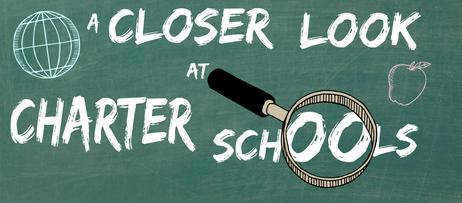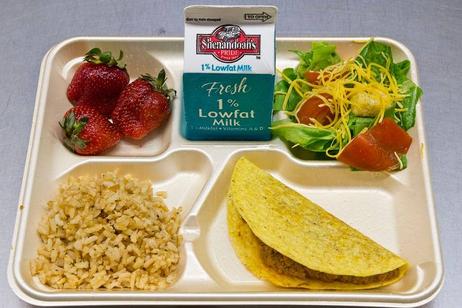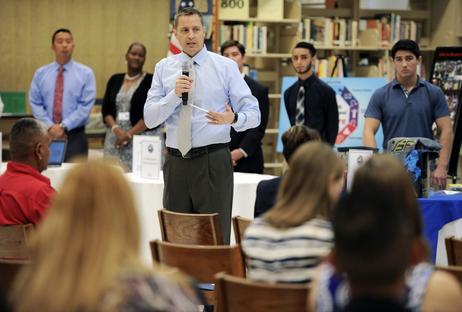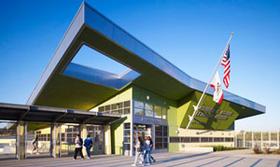President Obama’s Race to the Top education initiative strongly supports charter schools, but can these institutions save failing public school districts? While there are currently more than 4,700 charter schools in America, their track record is mixed. Some campuses have garnered tremendous accolades and accomplishments, while other charter schools are negatively impacted by financial management issues, spotty performance, and disruptive conflict with teachers' unions and districts.
Charter Schools: Campuses that Outperform
Charter schools can provide students with a medley of benefits that the traditional public school finds difficult to rival. Typically, charter schools have smaller classes, which foster discussion and allow teachers to spend more time with each student. Other schools have experimented with innovative teaching methods, including curriculum focused on AP coursework or even virtual learning. For example, as reported by the Washington Post, the students at the Basis Scottsdale Charter School in Arizona are required to take a minimum of six AP exams before their senior year.
While charter schools overall may have a mixed record of performance, research does demonstrate that the top charter schools outperform their traditional counterparts. As an MIT study reveals, after attending a Boston-area charter school for just one year, middle school students improved their academic performance by 15%. Another Stanford University study discovered that students attending New York City School District’s charter schools had a greater probability of closing performance gaps between themselves and their more affluent counterparts.






















